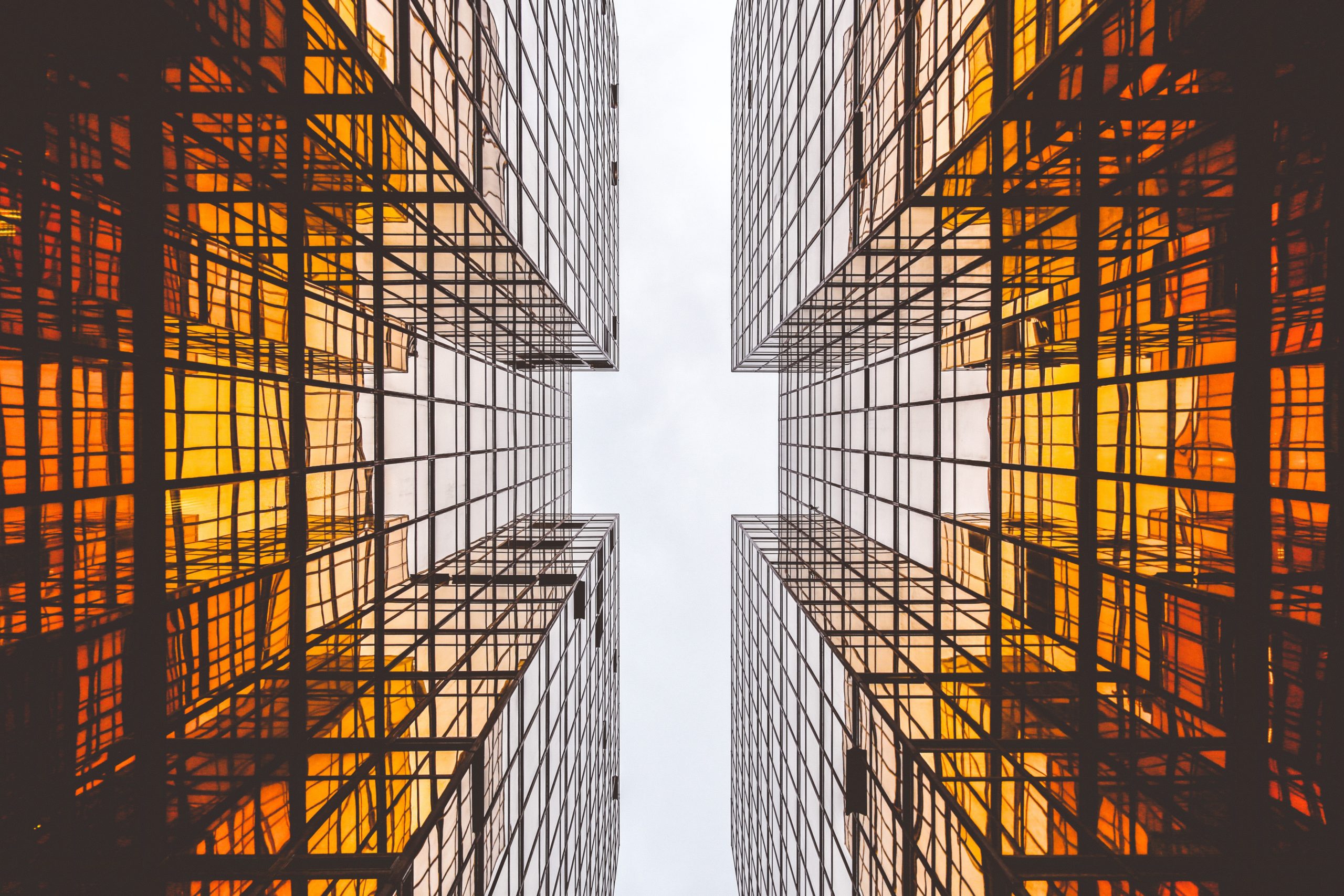“I entrust you with the propagation of Buddhism in your province. It is stated that ‘the seeds of Buddhahood sprout as a result of the conditions, and for this reason they preach the single vehicle.’ ” (“The Properties of Rice,” The Writings of Nichiren Daishonin, vol. 1, p. 1117)
In his letter “The Properties of Rice,” Nichiren Daishonin explains one of the keys to making Buddhist humanism the foundation of society: our own sense of mission to spread Buddhism.
Stating, “I entrust you with the propagation of Buddhism in your province,” Nichiren clearly expresses his hopes for his disciples to take full responsibility for the propagation of Buddhism in their local communities.
Commenting on this, Ikeda Sensei states:
We each have our very own “field” of kosen-rufu that only we can open up and cultivate. Here, Nichiren is saying that he entrusts each of us with responsibility for the place of our mission. (November 2019 Living Buddhism, p. 56)
Buddhism teaches that the three poisons of greed, anger and foolishness are fundamental causes for the complex problems of society, such as the current coronavirus pandemic, racial discrimination, environmental destruction and more.
Transforming society begins with facing and overcoming these three poisons in our own lives and actively working to establish the tenets of Buddhism grounded in the respect for the dignity of all life.
The Power of the Oneness of Mentor and Disciple
Entrusting his disciples “with the propagation of Buddhism in [their] province,” Nichiren acknowledges his disciples’ determination to take on the same mission that Nichiren himself upholds.
Buddhism comes to life only when disciples stand up as equals with their mentor to live based on a shared vow to strive side by side for the happiness of humanity.
In the early days of the kosen-rufu movement in America, there were just a few Soka Gakkai members scattered across the country. But, inspired by Sensei, they stood up to propagate Buddhism in their communities.
During his first visit to America in October 1960, for example, Sensei met a couple in San Francisco who had driven from Reno, Nevada, to attend a meeting with him. In the mid-1950s, they lived in Japan and were trying to decide whether to stay or move to the U.S. Second Soka Gakkai President Josei Toda urged them: “Buddhism must be propagated widely throughout the world; therefore, I want you to go back to America and do your best!” (The New Human Revolution, vol. 1, p. 106).
Feeling the couple’s sincere desire to advance kosen-rufu in America, Sensei established a district in Nevada and appointed them as district leaders. Describing that moment, he writes: “Without planting a seed, no fresh new shoots would emerge. … Moreover, an organization is determined by its leaders. If the central figure resolves to stand up alone, then everything will develop from there” (NHR-1, 107–08).
The pioneers of our kosen-rufu movement resolved to spread Nichiren Buddhism while valiantly overcoming cultural and language barriers, discrimination, family strife, financial woes, illness and more. They painstakingly laid the groundwork for an unshakable Soka network that continues to grow throughout the country.
Planting Seed After Seed of Buddhahood
In “The Properties of Rice,” Nichiren goes on to say, “It is stated that ‘the seeds of Buddhahood sprout as a result of the conditions, and for this reason they preach the single vehicle’ ” (WND-1, 1117).
Here, he explains the importance of planting seeds of Buddhahood by teaching others “the single vehicle” of the Lotus Sutra—of Nam-myoho-renge-kyo. Through our efforts to share Buddhism, we we are making conditions ripe for establishing a humanistic society based on wisdom, equality and respect.
Sensei states:
Once the seeds of Buddhahood are sown, they will persist forever. Even if someone with whom you share Buddhism doesn’t immediately begin practicing, there’s no need to be disappointed. Just keep steadily nurturing the seeds you have sown, in a natural way. (July 2018 Living Buddhism, p. 5)
We nurture these seeds of Buddhahood in others by chanting for their happiness, encouraging them and supporting them as good friends in faith.
The Place is Here, The Time is Now
For us, our “province” is nowhere other than the place where we are now.
Sensei says:
Our “province” refers to our immediate neighborhood—our neighbors, the people living next to us on both sides and across the street. Our neighborhood is the front line of kosen-rufu. …
The teachings of Buddhism embody the wisdom for attaining peaceful coexistence and mutual prosperity. A certain leader has described our members as “proud architects of happiness,” who are responsible for the happiness and welfare of their respective communities. (Feb. 14, 2003, World Tribune, p. 3)
By using our struggles as springboards for strengthening and elevating our lives, we set off a chain reaction of positive transformation for ourselves, our families and beyond. Everything starts from our determination to share Buddhism with others and to fulfill our mission as architects of genuine happiness, harmony and peace in our families and communities.
—Prepared by the SGI-USA Study Department staff
You are reading {{ meterCount }} of {{ meterMax }} free premium articles

